Yoga Blog
Exploring Third Eye Chakra Activation and Energy Balance Through Yoga Practices
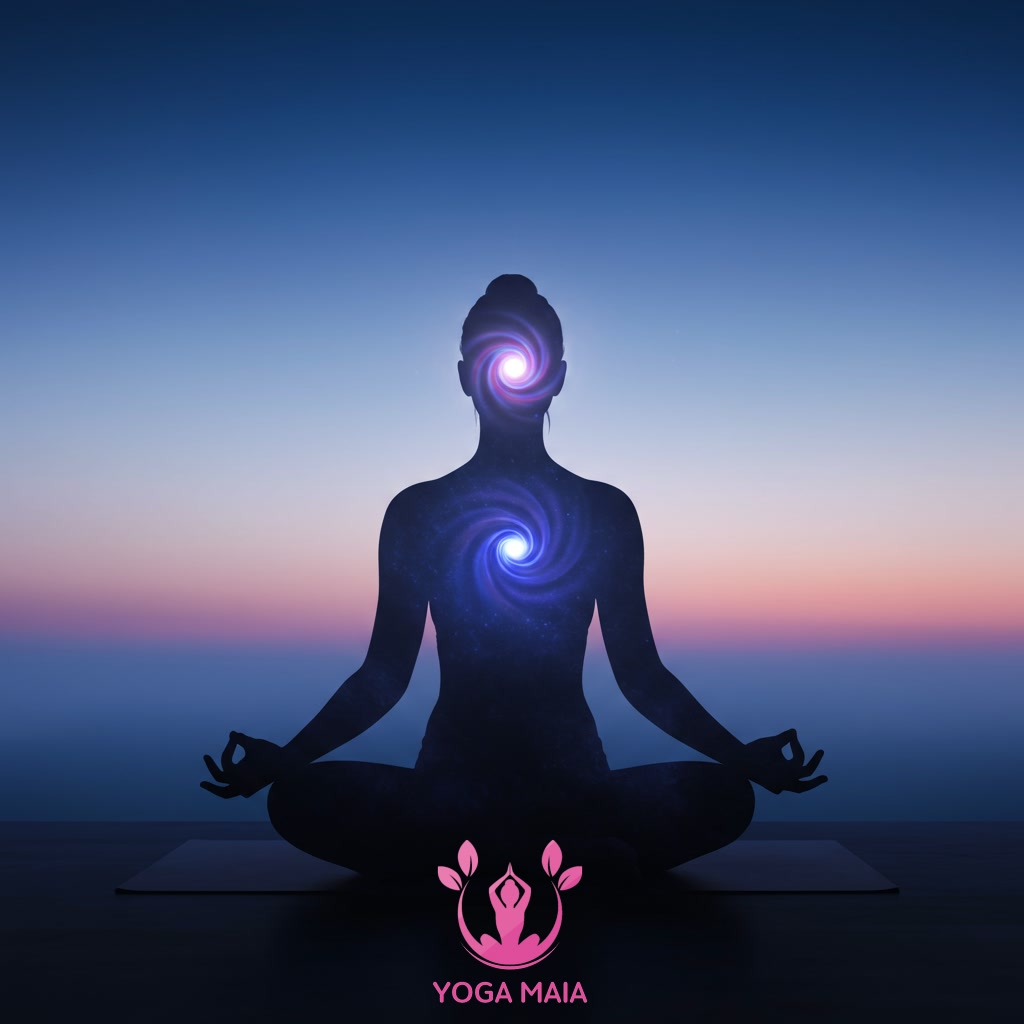
This content explores how specific yoga practices can be used to activate the Third Eye Chakra. It delves into methods for achieving energy balance within the body through regular yoga sessions. The focus is on practical yoga techniques aimed at enhancing spiritual awareness and energetic harmony. Understanding these yoga approaches can contribute to overall well-being.
Table of Contents
- Section 1: Understanding the Third Eye Chakra (Ajna) and Its Importance
- Section 2: The Role of Energy Balance and Chakra System
- Section 3: How Yoga Practices Influence Chakra Activation and Balance
- Section 4: Specific Yoga Asanas and Techniques for Third Eye Activation
- Section 5: Pranayama and Meditation for Enhancing Third Eye Energy
- Section 6: Benefits of a Balanced Third Eye Chakra Through Yoga
- Section 7: Integrating Third Eye Yoga into Your Daily Practice
Section 1: Understanding the Third Eye Chakra (Ajna) and Its Importance
The Third Eye Chakra, known in Sanskrit as Ajna, is the sixth primary chakra located in the center of the forehead, slightly above the eyebrows. It is considered the seat of intuition, inner wisdom, perception, and psychic abilities. This energy center is deeply connected to our ability to see beyond the physical world, accessing deeper truths and inner guidance. Its importance lies in its role as a bridge between our conscious mind and the spiritual realm, influencing clarity of thought, imagination, and the ability to discern reality from illusion. A balanced Ajna chakra is associated with enhanced intuition, clear vision, and a strong sense of purpose, while imbalance can manifest as difficulty concentrating, lack of clarity, or feeling disconnected. Understanding this chakra is the first step towards consciously working with its energy.
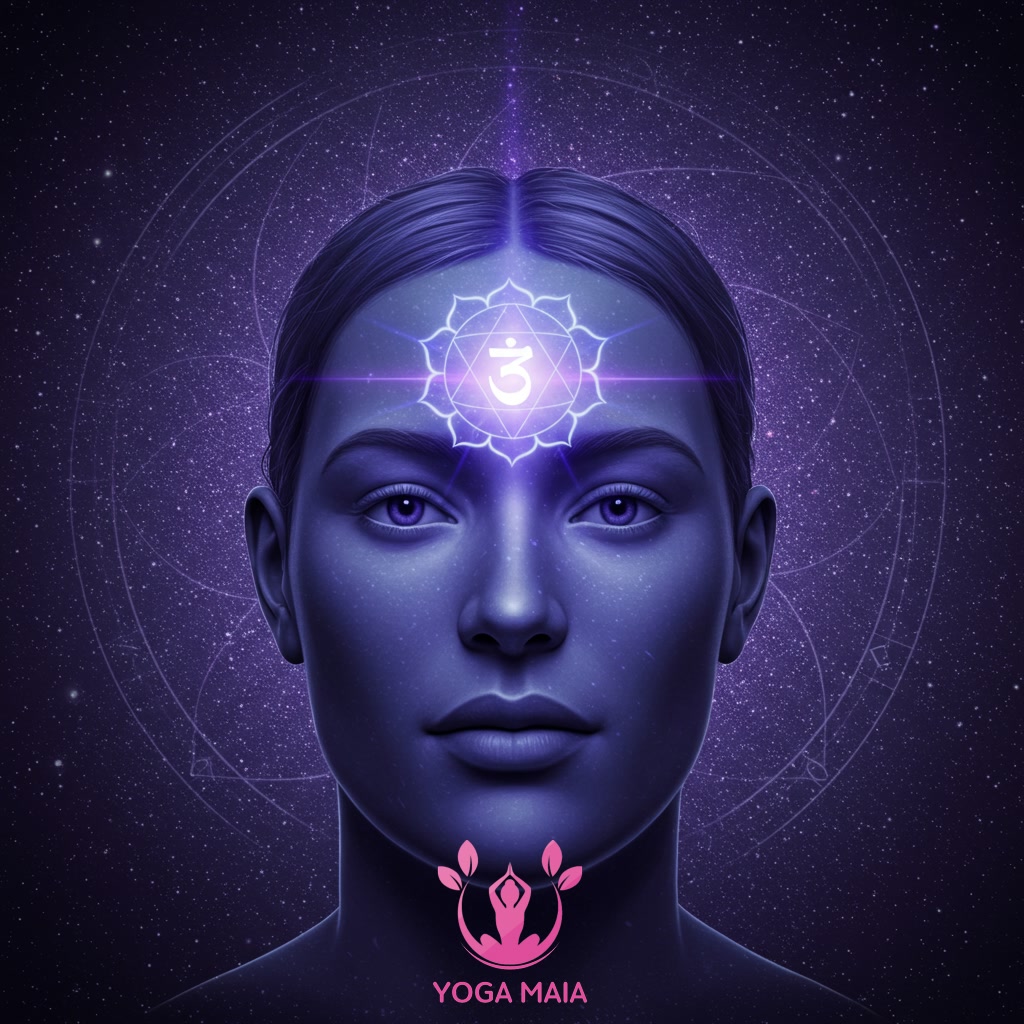 Understanding the Third Eye Chakra (Ajna) and Its Importance
Understanding the Third Eye Chakra (Ajna) and Its Importance
Section 2: The Role of Energy Balance and Chakra System
Building upon the introduction of the Third Eye Chakra as Ajna, it’s crucial to understand its place within the broader energy system of the body. The chakra system is often depicted as a series of seven main energetic centers situated along the spine and extending to the crown of the head. These centers are interconnected and responsible for processing and distributing vital life force energy, known as prana. Energy balance within this system means that prana flows smoothly and unimpeded through all chakras and associated energy channels (nadis). When this flow is harmonious, each chakra can function optimally. Conversely, blockages or imbalances in one or more chakras or nadis can disrupt the entire system, potentially hindering the activation and clear functioning of specific centers, such as the Third Eye Chakra. Therefore, achieving and maintaining energy balance is foundational for effectively exploring and activating individual chakras through practices like yoga.
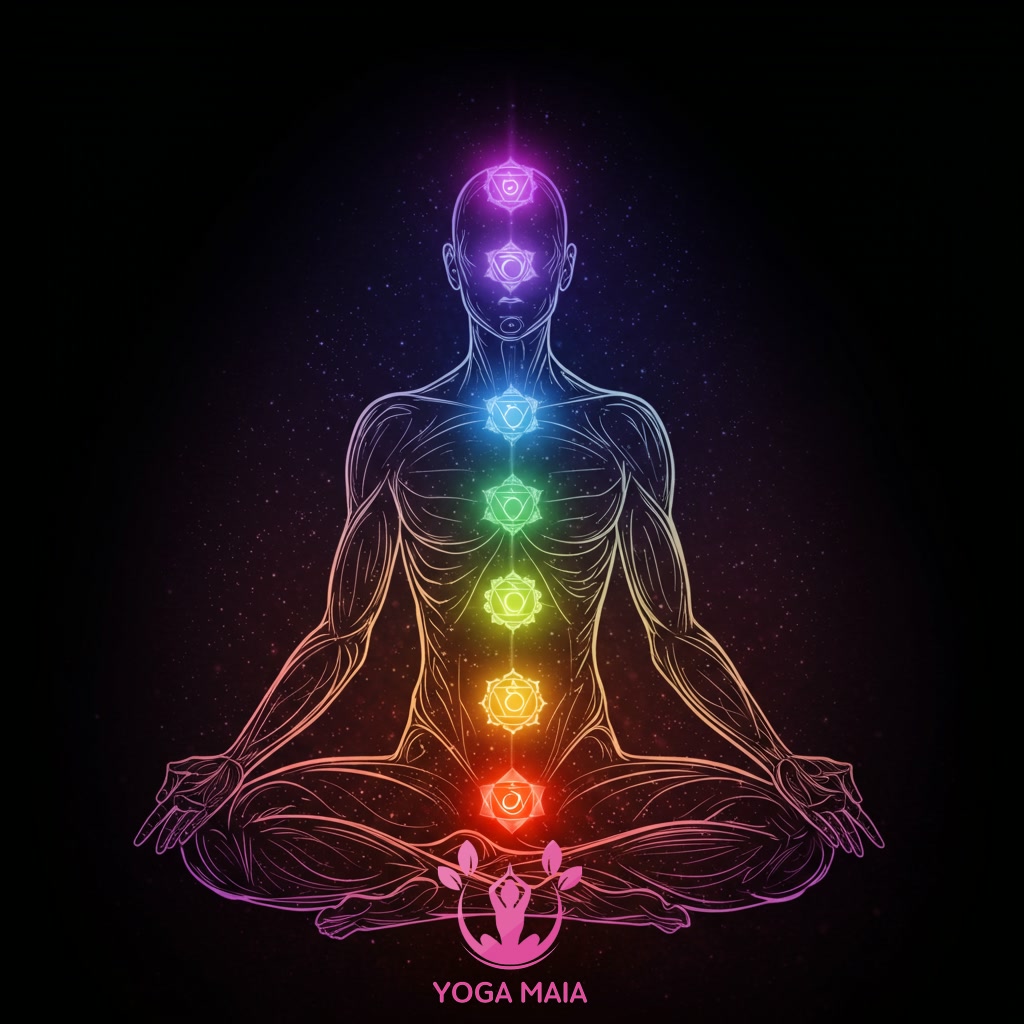 The Role of Energy Balance and Chakra System
The Role of Energy Balance and Chakra System
Section 3: How Yoga Practices Influence Chakra Activation and Balance
Building on the understanding of the chakra system as energetic centers, yoga practices serve as powerful tools to influence these subtle points. Specific physical postures (asanas), breathing techniques (pranayama), and meditation methods directly engage with the body’s energy pathways (nadis) and stimulate the chakras. By holding poses, controlling breath, and focusing the mind, practitioners can help clear blockages, regulate energy flow, and bring balance to the chakra system. This deliberate manipulation of energy through yoga supports the activation of individual chakras, such as the Ajna chakra, promoting a sense of harmony, increased awareness, and overall energetic well-being. Regular practice fosters a more vibrant and balanced energy field within the body.
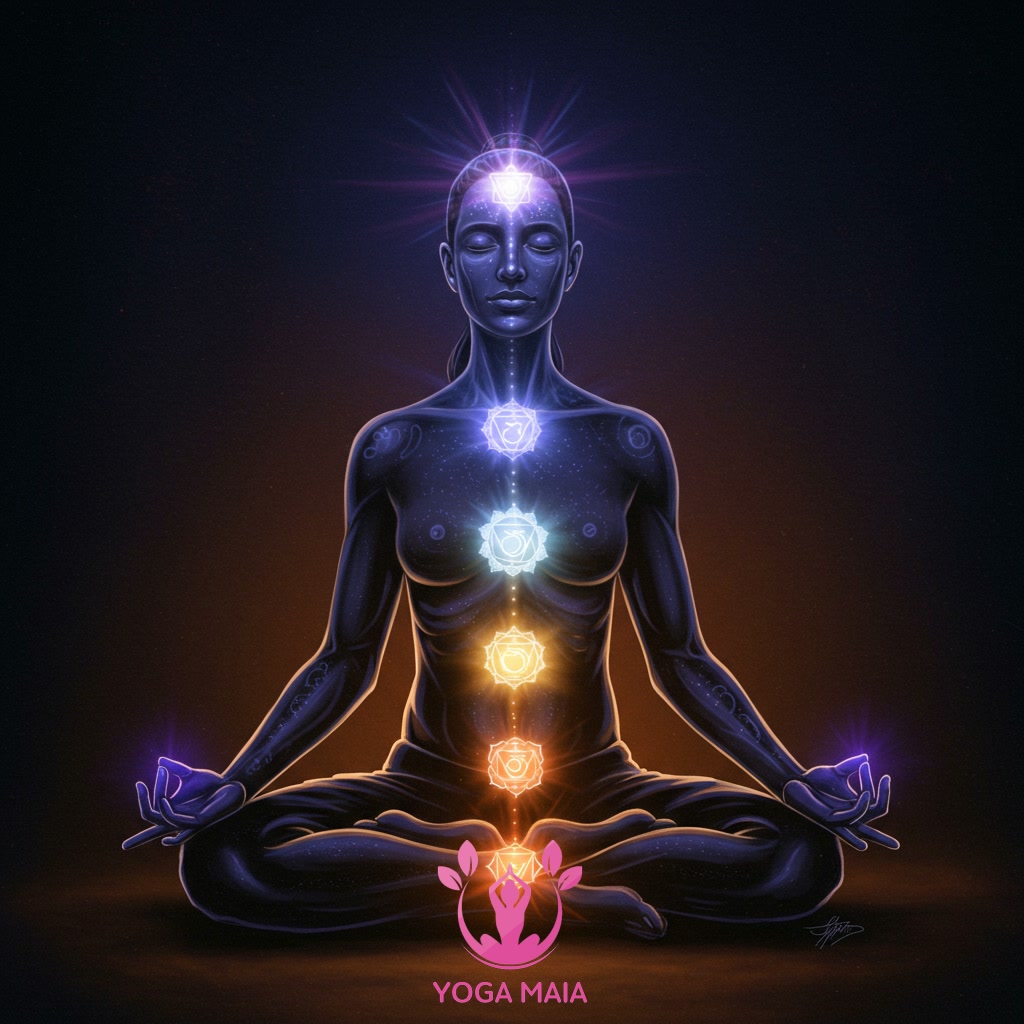 How Yoga Practices Influence Chakra Activation and Balance
How Yoga Practices Influence Chakra Activation and Balance
Section 4: Specific Yoga Asanas and Techniques for Third Eye Activation
Building on the understanding of the chakra system as energetic centers, yoga practices serve as powerful tools to influence these subtle points. Specific physical postures (asanas), breathing techniques (pranayama), and focused meditations are particularly effective for stimulating the Ajna Chakra, or Third Eye. Poses like Child’s Pose (Balasana), Dolphin Pose, and forward bends that bring the forehead towards the ground can gently bring awareness to this area. Techniques such as Trataka (focused gazing), Shambhavi Mudra (gazing towards the point between the eyebrows), and specific visualizations during meditation or Savasana are also utilized to direct energy and attention towards the Third Eye, fostering enhanced intuition and inner perception. Consistent practice of these targeted methods supports the energetic activation and balance of this important psychic center.
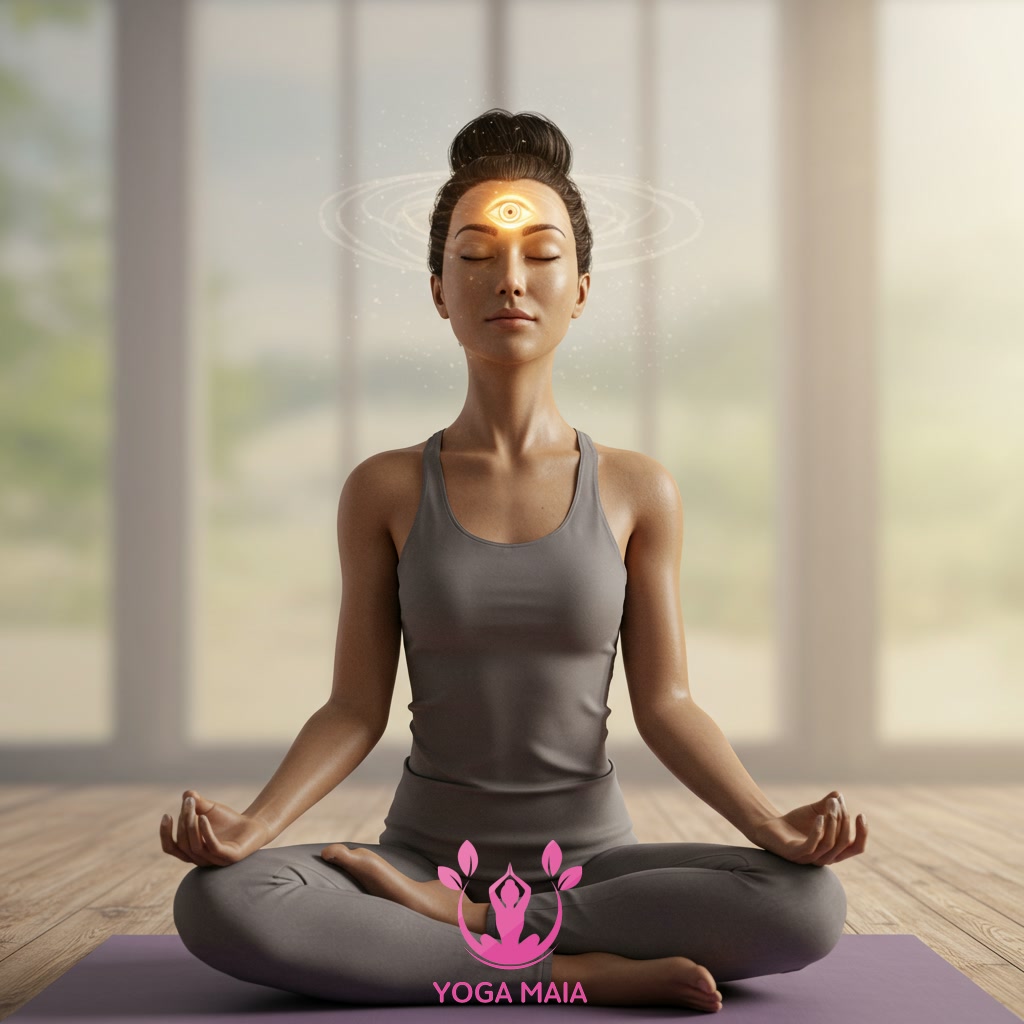 Specific Yoga Asanas and Techniques for Third Eye Activation
Specific Yoga Asanas and Techniques for Third Eye Activation
Section 5: Pranayama and Meditation for Enhancing Third Eye Energy
Building on the understanding of the chakra system as energetic centers, yoga practices serve as powerful tools to influence these subtle points. Specific physical postures (asanas), breathing techniques (pranayama), and meditation are key. This section focuses on how pranayama and meditation specifically enhance Third Eye energy. Pranayama techniques, such as Nadi Shodhana (alternate nostril breathing), help to purify energy channels (nadis) and calm the nervous system, creating a stable foundation for subtle energy work. Meditation, particularly when focused on the Ajna chakra location (the space between the eyebrows), cultivates stillness and directs awareness inward. This focused attention helps to stimulate and awaken the Third Eye’s energetic potential, fostering greater intuition, mental clarity, and spiritual insight. Regular practice of these techniques is vital for balancing and activating this crucial energy center.
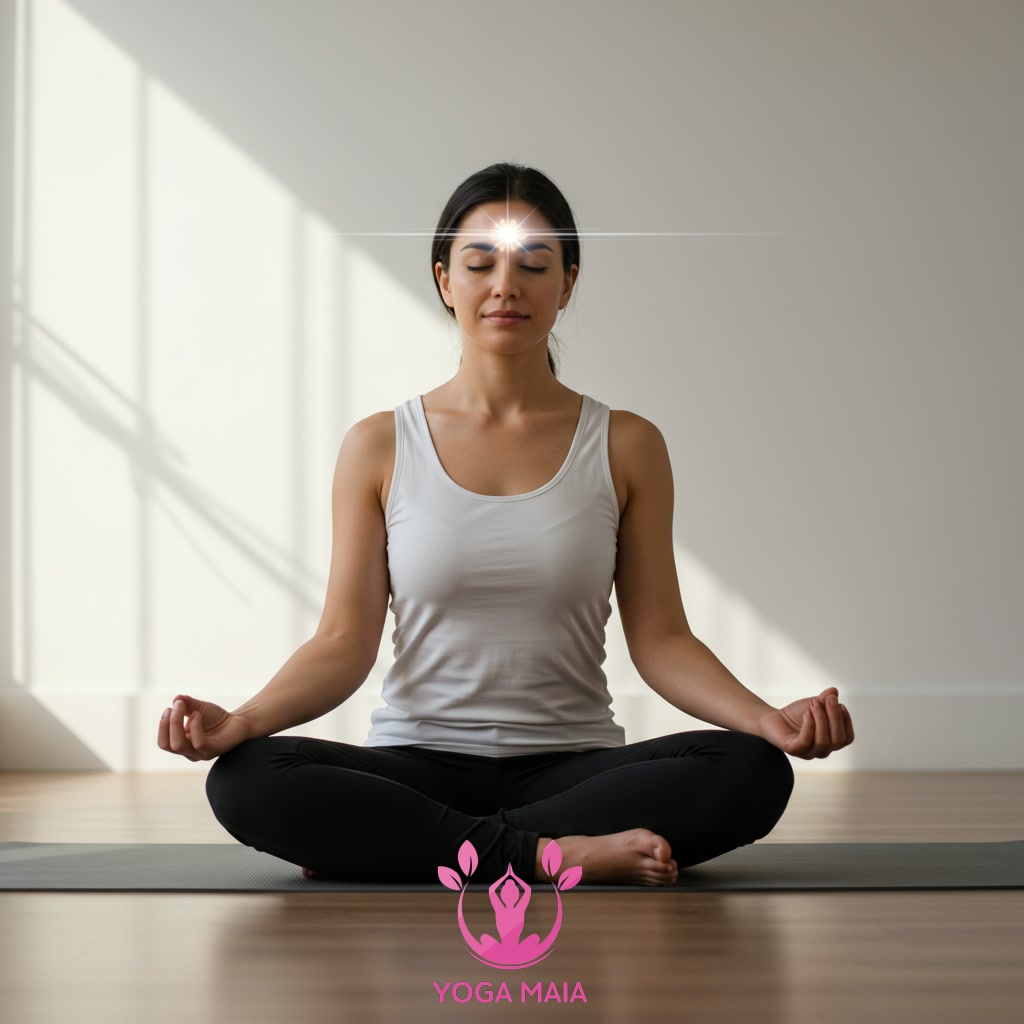 Pranayama and Meditation for Enhancing Third Eye Energy
Pranayama and Meditation for Enhancing Third Eye Energy
Section 6: Benefits of a Balanced Third Eye Chakra Through Yoga
Building on the understanding that yoga practices influence energetic centers, achieving a balanced Third Eye Chakra (Ajna) through these techniques yields profound benefits. A well-aligned Ajna brings enhanced intuition and deep inner clarity, cutting through mental confusion and indecision. Practicing specific yoga postures, breathing exercises, and meditation focusing on this area can improve concentration, sharpen insight, and foster a greater sense of awareness and spiritual connection. This balance helps individuals trust their inner wisdom, leading to better decision-making and a clearer perspective on life’s challenges. Ultimately, cultivating a balanced Third Eye through consistent yoga practice contributes significantly to mental peace, emotional stability, and an expanded consciousness.
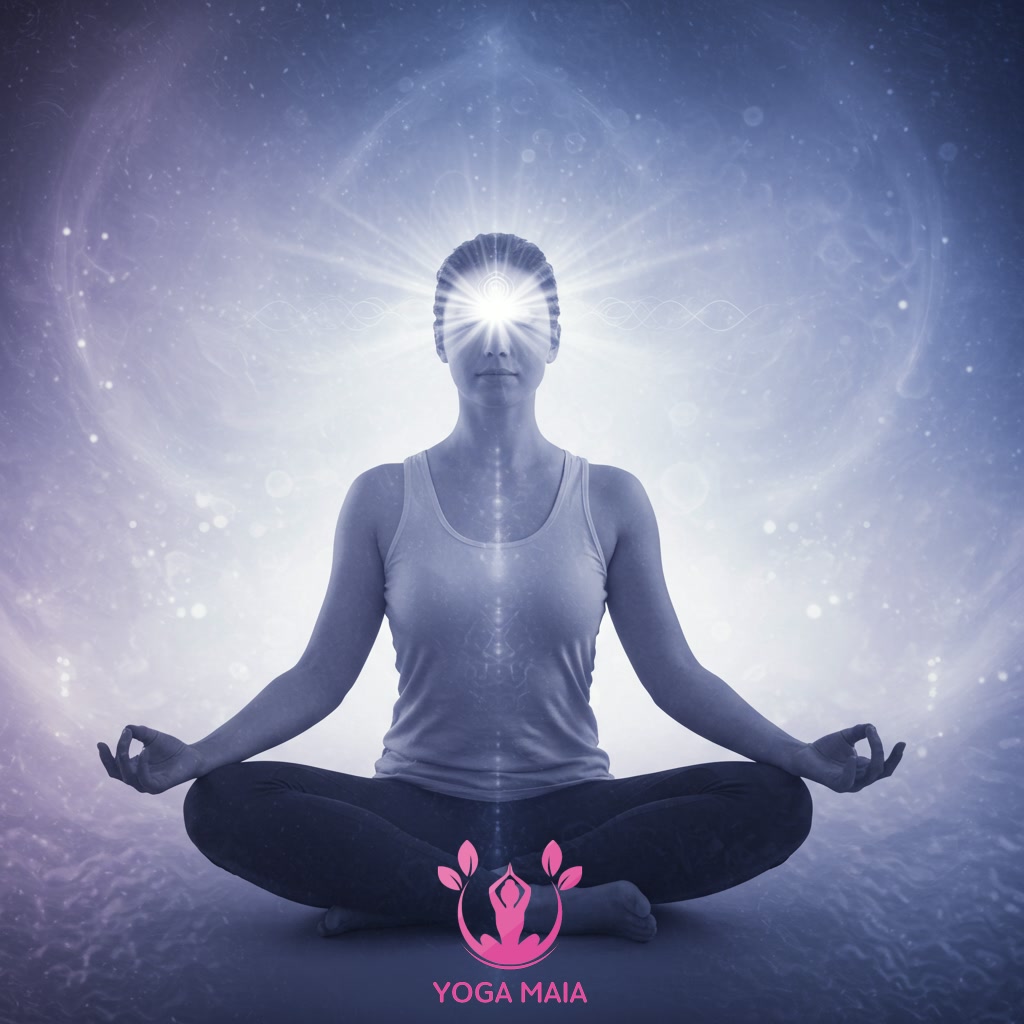 Benefits of a Balanced Third Eye Chakra Through Yoga
Benefits of a Balanced Third Eye Chakra Through Yoga
Section 7: Integrating Third Eye Yoga into Your Daily Practice
Building on the understanding that yoga practices influence energetic centers, achieving a balanced Third Eye Chakra (Ajna) through these techniques yields profound benefits. A well-aligned Ajna brings clarity, intuition, and inner wisdom. To integrate Third Eye yoga into your daily practice, consider dedicating a few minutes each day to specific poses like Child’s Pose (Balasana), Dolphin Pose (Ardha Pincha Mayurasana), or seated meditation focusing on the space between the eyebrows. Incorporate breathwork (Pranayama) such as Nadi Shodhana (Alternate Nostril Breathing) or Brahmari (Humming Bee Breath), which can calm the mind and direct energy upwards. Regularity is key; even short, focused sessions can significantly enhance your connection to your inner guidance and promote energetic balance.
 Integrating Third Eye Yoga into Your Daily Practice
Integrating Third Eye Yoga into Your Daily Practice












